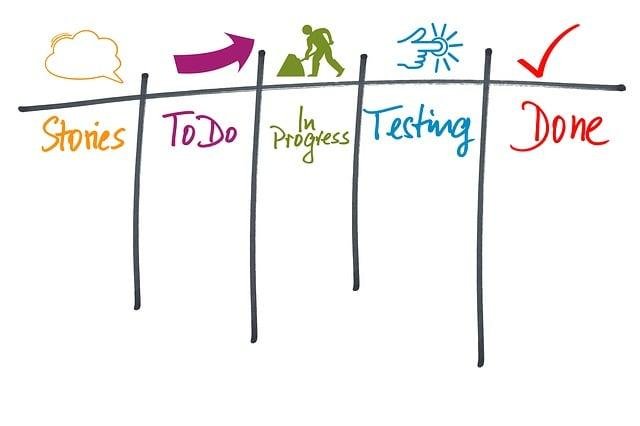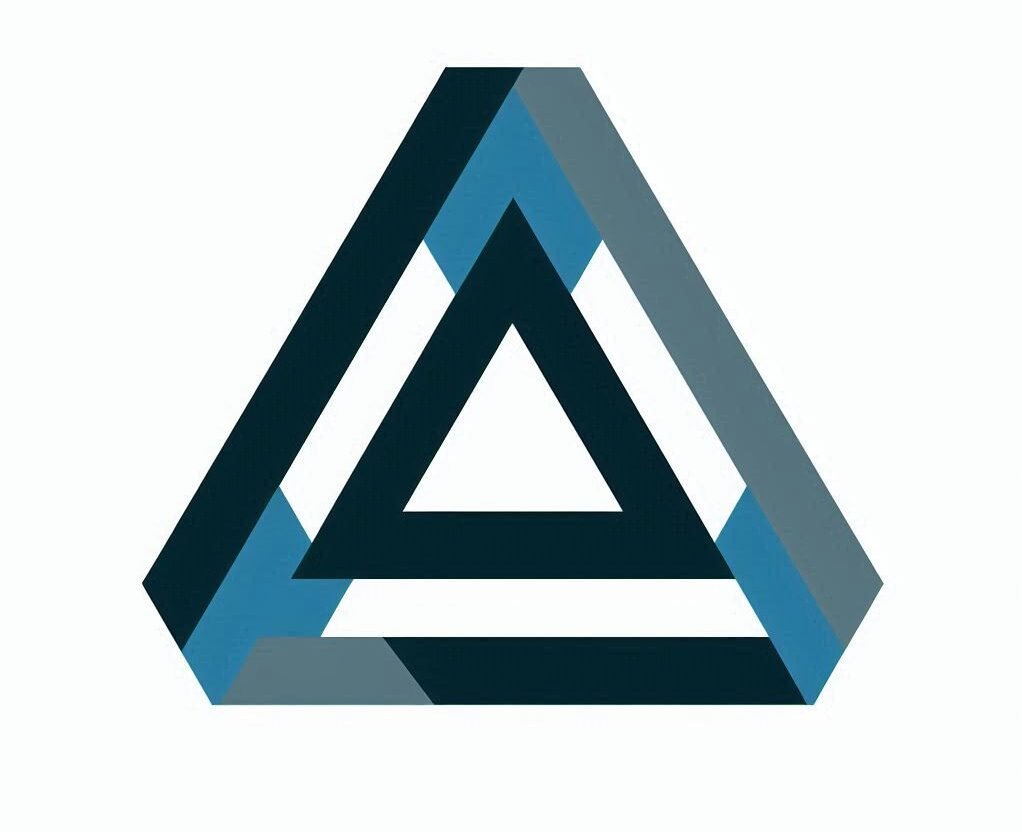
In a world where efficiency and agility dictate the success of projects, organizations are constantly on the lookout for innovative solutions to streamline their workflows. Enter LeanKit—an influential tool that marries the principles of Lean methodology with the dynamic needs of modern teams. By visualizing work processes and enhancing collaboration, LeanKit empowers organizations to eliminate waste, optimize resources, and improve overall productivity. This article delves into the features and benefits of LeanKit, exploring how it transforms traditional project management into a vibrant, adaptable system that meets the demands of today’s fast-paced business landscape. Whether you’re a seasoned project manager or a team member striving for clarity in your tasks, LeanKit offers a fresh perspective on achieving your goals with precision and ease.
Exploring the Core Features of LeanKit for Effective Project Management
LeanKit stands out as a robust visual project management tool, engineered to streamline workflows through its unique Kanban board approach. One of its core features is the ability to customize boards, which enables teams to visualize their processes and optimize efficiency. By allowing users to create specific lanes for different project stages, LeanKit promotes clarity and accountability within teams. Additionally, its integration capabilities with popular tools like JIRA, GitHub, and Trello enhance collaboration and ensure a seamless flow of information, making it easier to keep everyone on the same page. With LeanKit, team members can also collaborate in real-time, share feedback, and track the progress of tasks, significantly enhancing communication and efficiency within the workplace. 💼✨
When comparing LeanKit to other project management tools, the differences in features, ease of use, and pricing become apparent. The table below illustrates how LeanKit stacks up against similar platforms, highlighting its unique strengths and considerations tailored to various team sizes. While it excels in visual mapping of workflows and collaboration features, tools like Asana and Trello may appeal more to teams seeking a simpler interface or more budget-friendly options. However, LeanKit’s comprehensive capabilities make it a solid choice for larger teams or organizations that thrive on structured project management and require robust tracking systems. 📊🚀
| Feature | LeanKit | Asana | Trello | Monday.com |
|---|---|---|---|---|
| Visual Management | ✅ | ✅ | ✅ | ✅ |
| Collaboration Tools | ✅ | ✅ | ✅ | ✅ |
| Customizable Boards | ✅ | ❌ | ✅ | ✅ |
| Integration Capabilities | ✅ | ✅ | ✅ | ✅ |
| Ideal for Large Teams | ✅ | ✅ | ❌ | ✅ |
| Pricing | 💲 | 💲💲 | 💲 | 💲💲 |
Enhancing Team Collaboration Through LeanKits Visual Workflow Tools
LeanKit stands out as a robust solution for enhancing team collaboration by leveraging visual workflow tools that facilitate transparency and efficiency. With key features such as customizable Kanban boards, teams can easily visualize their tasks and projects, enabling better prioritization and workload distribution. The drag-and-drop functionality simplifies task management, making it intuitive for new users to adapt quickly. LeanKit also offers various collaboration features, including real-time updates and activity feeds, which ensure that all team members are consistently aligned, regardless of their physical location. The platform’s performance is particularly commendable for remote teams, as it centralizes communication and project tracking, ensuring no detail gets overlooked.
When comparing LeanKit to other similar tools, consider the following aspects in our interactive table below. Each tool offers distinctive features that cater to different team sizes and needs, such as pricing structures that accommodate varying budgets and scalability. While some platforms may excel in ease of use, others may focus more on robust collaboration features. It’s essential to evaluate these comparisons to find the right fit for your team’s workflow and project requirements.
| Tool | Key Features | Ease of Use | Pricing | Best For |
|---|---|---|---|---|
| LeanKit | Custom Kanban boards, real-time updates, progress tracking | ✨ Very Easy | From $19/user/month | Mid to Large Teams |
| Trello | Card-based task management, integrations with apps | ✨ Easy | Free & Paid Plans | Small to Mid Teams |
| Asana | Task assignments, timelines, workload management | ✨ Moderate | From $10.99/user/month | All Team Sizes |
| Monday.com | Dashboards, automation, team collaboration | ✨ Easy | From $8/user/month | All Team Sizes |
Maximizing Efficiency: Best Practices for Implementing LeanKit in Your Organization
Implementing LeanKit in your organization can significantly enhance your team’s workflow and productivity when approached with best practices. Key features such as visual workflow representation, customizable dashboards, and real-time updates enable teams to track progress effortlessly. These tools help streamline tasks, enforce accountability, and facilitate better communication among team members. To maximize adoption and effectiveness, provide robust training sessions for users, focusing on practical applications within their daily tasks. Establishing a culture of continuous improvement will ensure that everyone is engaged and ready to embrace the lean methodology wholeheartedly.
When comparing LeanKit with similar project management tools, certain aspects can influence your organization’s choice. Below is a simplified overview highlighting ease of use, collaboration features, and pricing models among popular alternatives:
| Tool | Ease of Use | Collaboration Features | Pricing Model |
|---|---|---|---|
| LeanKit | ⭐️⭐️⭐️⭐️ | Real-time updates, Comments | Per user, monthly |
| Trello | ⭐️⭐️⭐️⭐️⭐️ | Cards, Checklists | Free, Business Class |
| Asana | ⭐️⭐️⭐️⭐️ | Task assignments, Teams | Free, Premium |
| Jira | ⭐️⭐️⭐️ | Comments, Tagging | Per user, monthly |
Evaluating factors like security and support options further aids in making the right choice. For instance, LeanKit offers top-notch security features, ensuring that sensitive data remains protected, which is crucial for businesses with remote teams. Additionally, users benefit from excellent support and regular updates, with numerous positive reviews indicating a strong user satisfaction rate. By taking these aspects into account, organizations can make informed decisions that align with their operational needs and goals, ensuring that LeanKit serves as a formidable ally in their journey to achieving efficiency. 🚀
Analyzing LeanKits Integration Capabilities with Existing Systems and Tools
LeanKit offers a robust framework for integrating seamlessly with various existing systems and tools, making it a flexible choice for teams looking to enhance their project management capabilities. Its key features include customizable Kanban boards, which allow teams to visualize workflows and understand task progression at a glance. Moreover, integration with tools such as JIRA, Confluence, and Slack facilitates collaboration and information flow across platforms, creating a centralized hub for team activities. LeanKit’s user-friendly interface is complemented by an intuitive learning curve, which means that new users can quickly adopt the tool without extensive training. As for pricing, LeanKit employs a subscription model that caters to different team sizes, allowing organizations to scale as their project demands evolve. 🌟
To better understand how LeanKit stacks up against other project management tools, a comparative analysis offers valuable insights. For instance, while LeanKit emphasizes visual management and Kanban principles, tools like Trello and Asana focus more on task management and deadline tracking. Here’s a quick comparison table to illustrate these differences:
| Feature | LeanKit | Trello | Asana |
|---|---|---|---|
| Key Features | Kanban boards, customization | Card-based task management | Task assignments, priority setting |
| Ease of Use | Intuitive, quick onboarding | User-friendly, simple interface | Moderately easy, some learning required |
| Pricing Model | Subscription-based | Free for basic, paid upgrades | Free for basic, premium options |
| Collaboration | Slack and integration support | Commenting and tagging | In-app comments, team communication |
| Performance | Optimized for remote teams | Suitable for small to medium teams | Scalable for large teams |
This table highlights how LeanKit’s targeted approach can cater to specific team needs and preferences, providing clarity when choosing the right tool for project management. 🏆
Closing Remarks
In a world where efficiency and clarity pave the way for success, LeanKit emerges as a powerful ally for teams navigating the complexities of project management. By marrying the principles of Lean with visual Kanban methodologies, LeanKit not only simplifies workflows but also cultivates a culture of continuous improvement. As we have explored, its intuitive interface and robust features empower organizations to visualize their work, streamline processes, and drive collaboration across departments.
As teams continue to embrace agility in an ever-evolving landscape, the insights provided by LeanKit can serve as a compass, guiding them toward increased productivity and enhanced outcomes. Whether you’re a seasoned pro or just starting your Lean journey, LeanKit offers the tools and flexibility to transform the way work is done.
the journey towards operational excellence is ongoing, and with LeanKit in your toolkit, you are well-equipped to navigate the road ahead. Embrace the possibilities, and let LeanKit illuminate your path to success.
